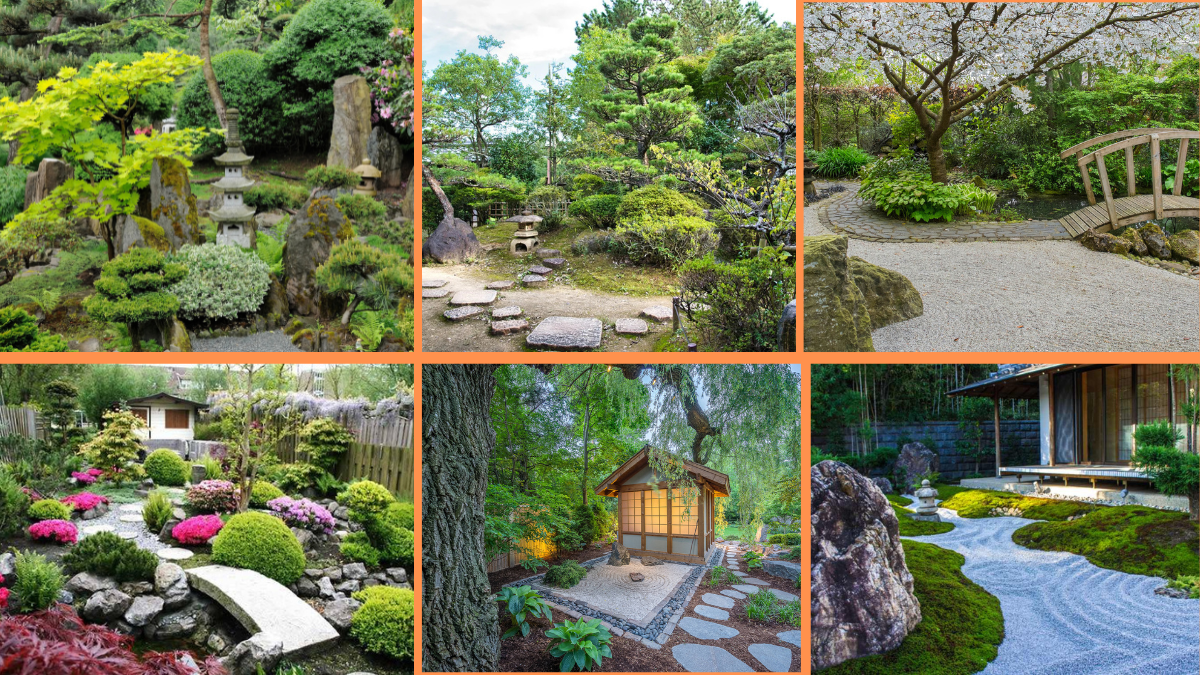In our fast-paced, hyperconnected world, finding moments of peace and clarity can feel like a challenge. That’s where a Zen garden comes in — a beautiful, calming retreat you can create right in your backyard, patio, or even indoors. Rooted in centuries of Japanese tradition, Zen gardens aren’t just visually stunning; they offer a space for reflection, meditation, and mindfulness.
One of the simplest ways to infuse life and texture into your Zen sanctuary is by incorporating plants. Thoughtfully chosen and positioned greenery elevates the tranquil atmosphere and connects you with nature.
Ready to design your own little slice of serenity? Let’s dive into 10 expert tips to create a Zen garden with plants that soothe the senses and nurture inner calm.
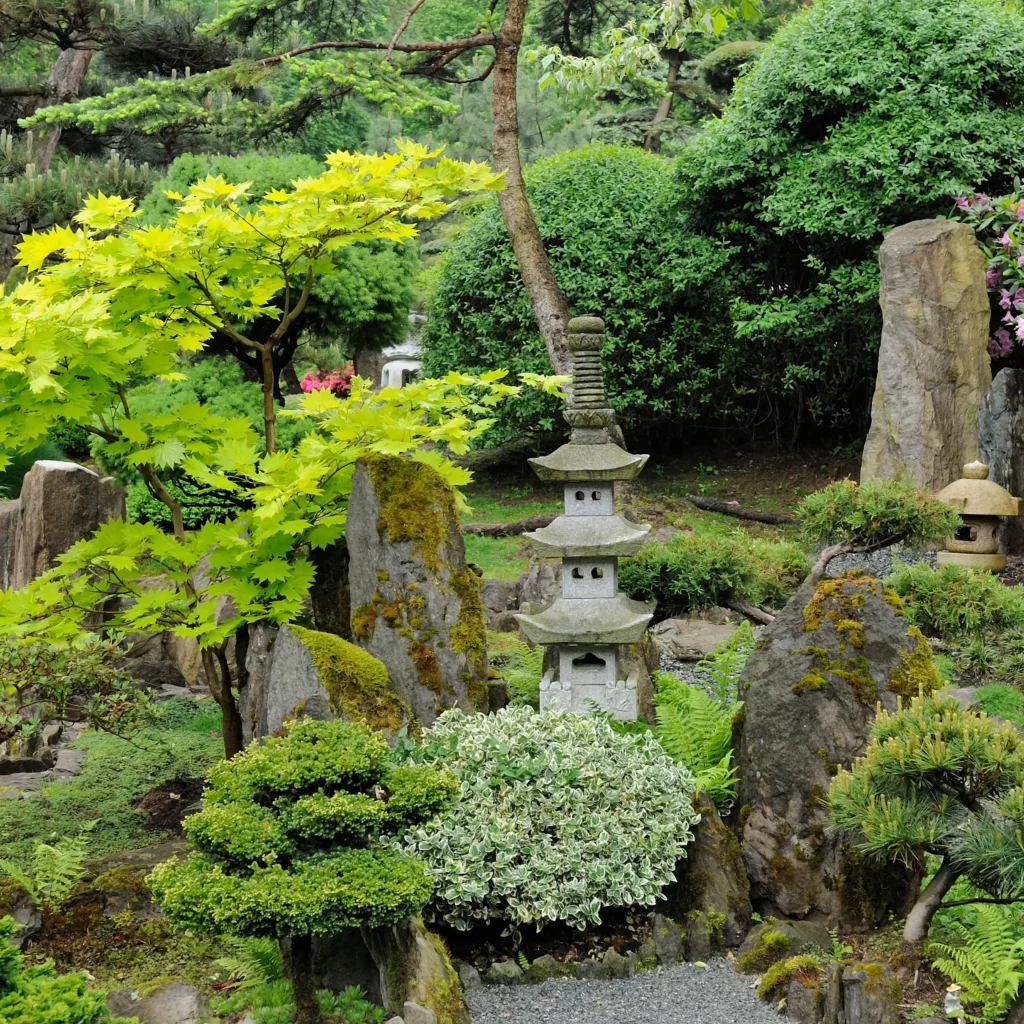
What Is a Zen Garden?
A Zen garden, or karesansui, is a traditional Japanese rock garden made of carefully raked gravel or sand, rocks, and minimalistic plant arrangements. These gardens symbolize natural elements like water, mountains, and islands, inviting mindfulness and meditation through their simplicity. While traditionally minimalistic, adding plants can soften the space, introduce organic shapes, and boost the peaceful, natural feel of the setting.

10 Tips to Create a Zen Garden with Plants
1. Choose a Serene, Private Location
A true Zen garden is designed to be a quiet, contemplative retreat. Choose a space in your yard, patio, balcony, or an indoor corner where you can disconnect from daily distractions.
Tips:
- Select a spot sheltered from harsh winds and heavy foot traffic.
- Use bamboo screens, fencing, or tall plants to create privacy.
- Even a small 6’x6’ area can be transformed into a tranquil corner.
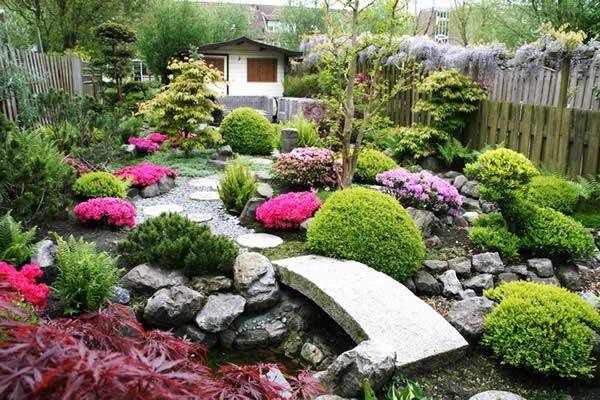
2. Plan a Simple, Balanced Layout
Zen gardens are guided by the principles of asymmetry, simplicity, and balance. Avoid clutter and focus on minimalism.
Tips for layout:
- Use odd numbers of stones or plant groupings for a natural look.
- Leave open spaces to represent stillness and emptiness.
- Visualize how sand, stones, plants, and ornaments will interact harmoniously.
Sketch a rough layout before you start placing elements to achieve visual balance.
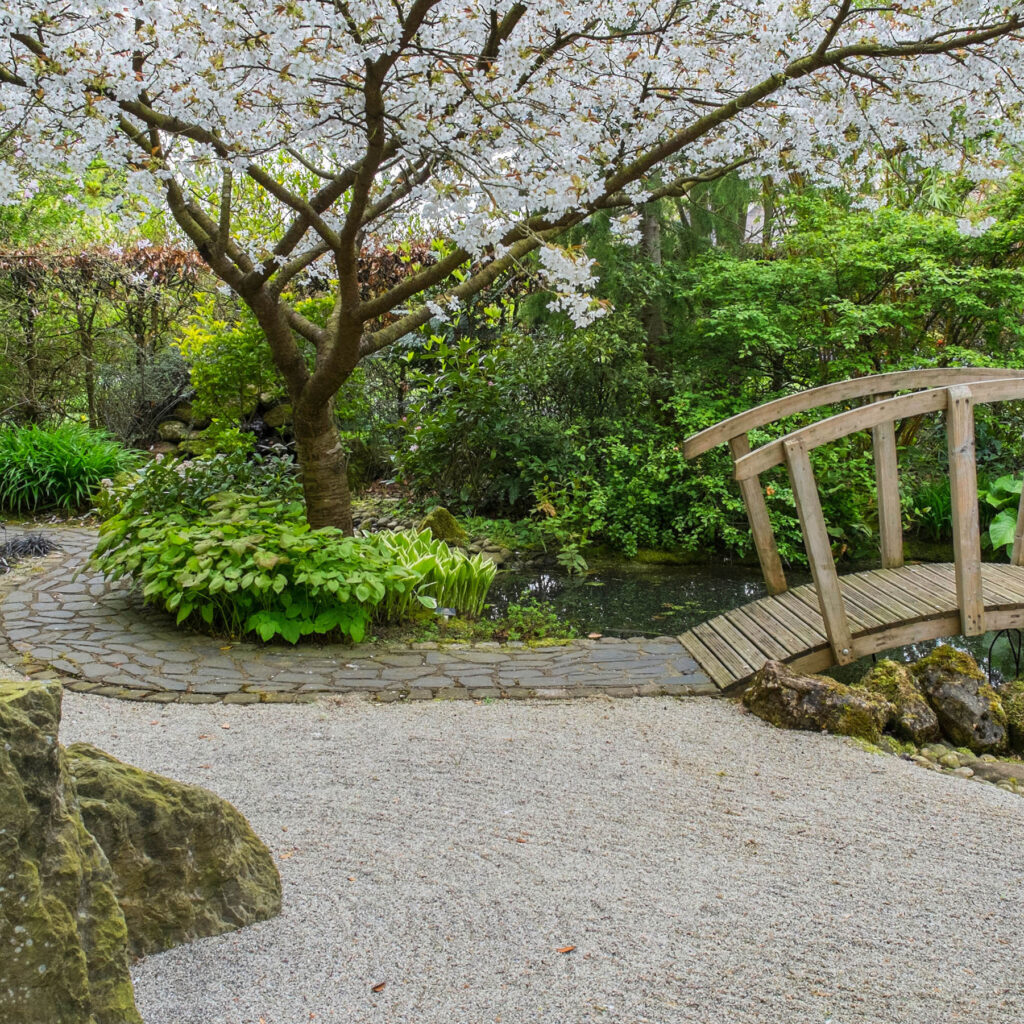
3. Select Calm, Subtle Plants
Plants in Zen gardens should evoke tranquility and blend naturally into the minimalist setting. Choose foliage with gentle movement, soft colors, and simple shapes.
Recommended Zen garden plants:
- Moss: Symbolizes age and tranquility; perfect ground cover.
- Japanese Forest Grass (Hakonechloa): Graceful, arching foliage.
- Bamboo: Adds height and privacy.
- Ferns: Delicate, green fronds create texture.
- Boxwood or Dwarf Conifers: Provide structure and evergreen serenity.
Tip: Avoid brightly colored flowers or busy patterns — aim for understated elegance.

4. Incorporate Rocks and Stones for Symbolism
In Zen philosophy, rocks and stones represent islands, mountains, or elements of the natural world. They serve as the framework of your garden.
Stone arrangement tips:
- Use rocks of varied sizes and textures.
- Partially bury stones to look naturally placed.
- Position large stones asymmetrically for focal points.
- Gravel or white sand symbolizes water — rake it into flowing patterns to mimic ripples.
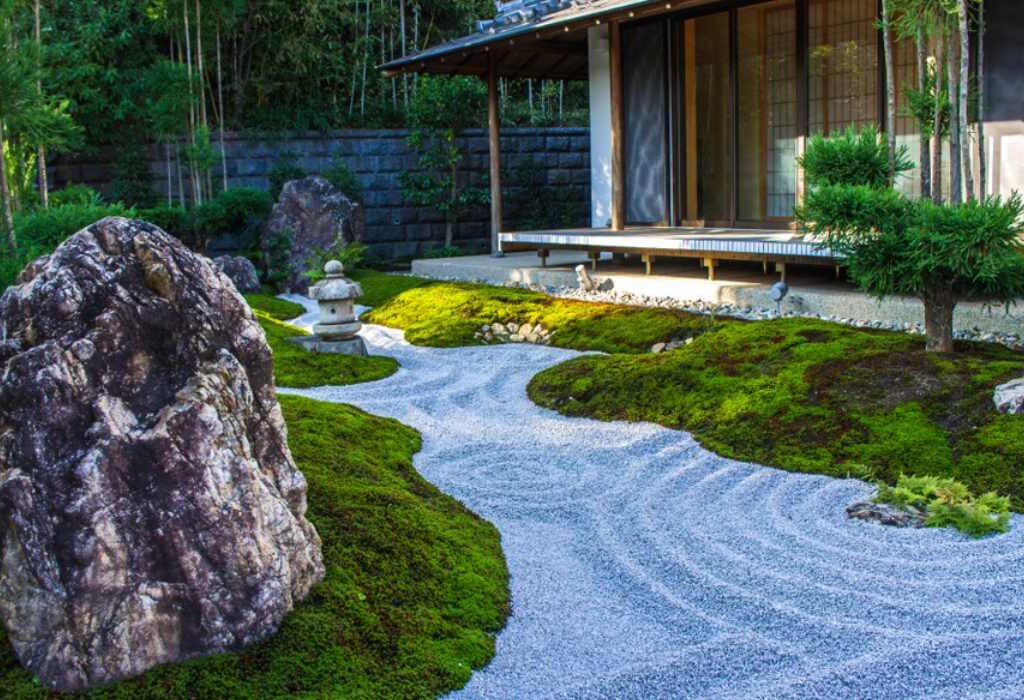
5. Use Natural Materials for Garden Features
Stick to natural materials like wood, stone, and bamboo for any features, pathways, or fences. This reinforces the organic, unrefined aesthetic of a traditional Zen garden.
Ideas:
- Bamboo fencing or screens for privacy.
- A weathered stone lantern or water basin for ambiance.
- Wooden benches or stepping stones for seating or pathways.
Avoid synthetic or brightly colored materials that clash with the garden’s tranquil vibe.
6. Maintain a Neutral, Calming Color Palette
Zen gardens rely on muted, earthy tones to avoid visual overstimulation. The color scheme should soothe the eyes and mind.
Color palette tips:
- Stick to greens, soft grays, browns, whites, and sandy beige.
- Use moss and shade-loving plants for lush, calming green backdrops.
- Limit pops of color to subtle accents like a stone lantern or a natural wood feature.
7. Embrace Minimalism and Open Space
One of the most important Zen principles is Ma — the beauty of empty space. Avoid overcrowding your garden with too many plants, ornaments, or structures.
Minimalism tips:
- Leave open gravel or sand areas for visual and spiritual breathing room.
- Use plants sparingly and strategically for maximum impact.
- Allow negative space between rocks, plants, and pathways.
Remember: In a Zen garden, what’s left out is just as important as what’s included.
8. Incorporate Soft Movement
Subtle, gentle movement adds to the sensory experience of your Zen garden, creating a meditative effect as leaves flutter or grasses sway in the breeze.
Plant options for soft movement:
- Japanese Forest Grass
- Bamboo
- Ferns
- Ornamental Grasses
You can also place wind chimes or a simple water feature nearby to enhance the soothing atmosphere.
9. Add a Water Element for Reflection
While traditional Zen gardens are often dry landscapes, adding a simple water feature can amplify the peacefulness of your plant-filled garden.
Ideas for water features:
- A stone or ceramic bowl filled with still water.
- A bamboo fountain or trickling stream.
- A small reflecting pool for visual depth and contemplation.
Tip: Avoid overly ornate fountains or flashy lighting — simplicity is key.
10. Practice Regular, Mindful Maintenance
A Zen garden isn’t a set-it-and-forget-it space — it’s a living, evolving reflection of your state of mind. Regular care and mindful attention are part of the meditative process.
Maintenance tips:
- Rake gravel or sand into fresh patterns as a daily ritual.
- Prune plants lightly to maintain their shape and calm aesthetic.
- Remove fallen leaves and debris to preserve simplicity.
- Replace moss and clean water features regularly.
Tending your garden can become a peaceful routine that grounds you in the present moment.
Final Thoughts: Find Your Peace with a Plant-Filled Zen Garden
A Zen garden isn’t just about landscaping — it’s about creating a space that nurtures stillness, contemplation, and harmony between yourself and nature. By carefully choosing plants, incorporating natural elements, and following minimalist design principles, you can build a beautiful, plant-filled sanctuary where you can pause, breathe, and reconnect with the world around you.
Recap of key tips:
- Choose a private, quiet space
- Plan a simple, balanced layout
- Use calming, natural plants
- Incorporate stones and sand for symbolism
- Keep colors muted and soothing
- Embrace minimalism and open space
- Add soft, subtle movement
- Include a small water feature if possible
- Maintain it mindfully and regularly
Whether in a small backyard corner or a peaceful indoor nook, your Zen garden with plants will offer a gentle reminder to slow down, breathe deeply, and find tranquility in simplicity.
